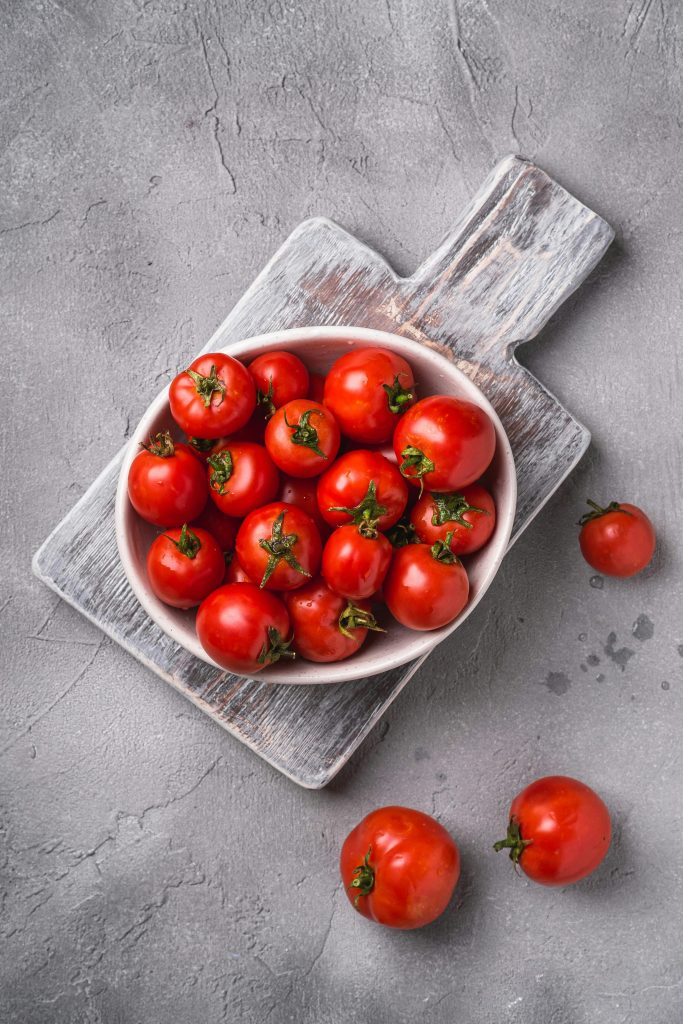All fields are required
Posted in Food Safety,Our Blog on September 14, 2024

With garden season booming in most areas and people bringing more produce inside than they know what to do with people start to look for creative ways to preserve their summer and early fall harvests. Today we look at the differences in pressure cooking versus pressure canning. While they both do work “under pressure” there is a major difference especially in terms of food safety.
The latest trend in cooking seems to be pressure cooking. I admit even I have an Instant Pot and absolutely love it because it reduces cooking time on so many popular dishes we like to prepare including red beans and rice. But at the end of the day we have to examine what is a pressure cooker and what is its purpose in the everyday home kitchen?
According to the kitchn a pressure cooker works on a simple principle: Steam pressure. A sealed pot, with a lot of steam inside, builds up high pressure, which helps food cook faster. It was invented in the 1600s by a Frenchman by Denis Papin, who wanted to translate new discoveries in physics about pressure and steam into cooking. He called his pot the “Digester,” but it took quite a while before better manufacturing standards and technology could make these high pressure pots safe. A pressure cooker is a sealed pot with a valve that controls the steam pressure inside. As the pot heats up, the liquid inside forms steam, which raises the pressure in the pot. This high pressure steam has two major effects:
1. Raises the boiling point of the water in the pot
When cooking something wet, like a stew or steamed vegetables, the heat of your cooking is limited to the boiling point of water (212°F). But with the steam’s pressure now the boiling point can get as high as 250°F. This higher heat helps the food to cook faster.
2. Raises the pressure, forcing liquid into the food
The high pressure also helps force liquid and moisture into the food quickly, which helps it cook faster and also helps certain foods, like tough meat, get very tender very quickly.
The extra-high heat of the pressure cooker also promotes caramelization and browning in a surprising way — we’re not used to food caramelizing when it is cooking in liquid. But the flavors created in a pressure cooker can be really deep and complex, unlike regular steamed foods.
Almanac (one of my favorite things on the internet!!) put out a great reference page on pressure canning. They are very specific to say this is definitely not pressure cooking. Pressure canning uses special equipment to process food at a higher temperature to prevent spoilage. It is necessary to use pressure canning to preserve “low acid” vegetables and foods. (“High acid” foods such a pickling cucumbers and tomatoes and berries and fruit can simply be preserved with water-bath canning.)
The acidity (pH) of foods determines how they must be processed for canning. We don’t expect you to know your food’s pH! But the amount of acid is all it comes down to. Acid foods such as berries and pickles with a pH of 4.6 or lower may be canned in a water bath canner. Low-acid foods such as vegetables and meats with a pH above 4.6 must be processed in a pressure canner.
Clemson gives us a great resource on the difference between the two: you may be asked why a pressure cooker or a pressure saucepot cannot be used as a pressure canner. To be classified as a pressure canner, a pressure cooking vessel must hold at least four, upright, closed quart jars. That is because smaller pressure cookers or pressure saucepans heat too quickly and cool down too slowly to provide adequate heat for a canning process. Both heating and cooling down times are included in calculating the recommended process for killing the organism that causes botulism.
We recommend using a vessel that is designated for pressure canning. Pressure canners with a capacity of 16 quarts typically hold seven quart jars or eight or more pint jars. Pressure canners with a capacity of 22-23 quarts typically hold seven quart jars or as many as eighteen double stacked pints. Three manufacturers, Presto, Mirro, and All-American, make pressure canners in the USA.
Hopefully we all learned something new today or refreshed on some already known but sometimes forgotten facts. Keep an eye on Make Food Safe for more food facts, food safety topics and recall information.